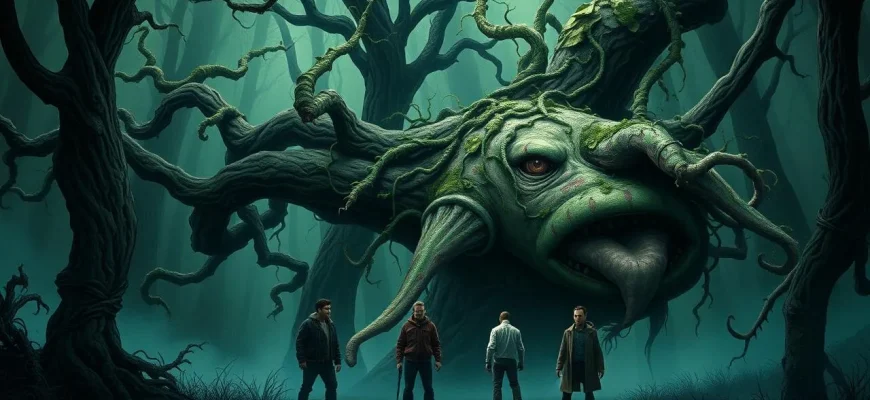Nature has always been a source of wonder and fear, and when it comes to the realm of cinema, the concept of plants turning against humanity provides a fertile ground for thrilling narratives. This curated list of 10 films delves into the chilling scenarios where flora becomes fauna's foe, offering viewers a blend of horror, science fiction, and suspense. From classic tales to modern takes, these films explore the terrifying possibilities of what happens when plants mutate into something far more sinister. Whether you're a fan of ecological horror or just looking for a unique movie night, this collection promises to keep you on the edge of your seat with its portrayal of nature's dark side.
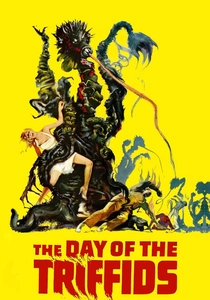
The Day of the Triffids (1962)
Description: This classic film adaptation of John Wyndham's novel features carnivorous plants known as Triffids that can walk and hunt humans. It's a quintessential entry in the mutant plant genre, showcasing the terror of a world where humanity is not at the top of the food chain.
Fact: The Triffids were created using a combination of practical effects and stop-motion animation. The film's eerie atmosphere was enhanced by the use of real-life locations in London.
 Watch Now
Watch Now
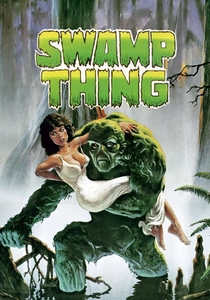
Swamp Thing (1982)
Description: While primarily about a scientist transformed into a plant-like creature, the film also features mutated plants and creatures in the swamp, adding to the eerie atmosphere.
Fact: Directed by Wes Craven, the film was one of the first to use practical effects for creating a plant-human hybrid.
 Watch Now
Watch Now

Little Shop of Horrors (1986)
Description: A musical comedy-horror film where an alien plant named Audrey II develops a taste for human blood. It's a fun and quirky addition to the list, blending humor with the horror of a plant that demands to be fed.
Fact: The original 1960 film was shot in just two days. The 1986 version features Steve Martin in a memorable role as the sadistic dentist.
 Watch Now
Watch Now
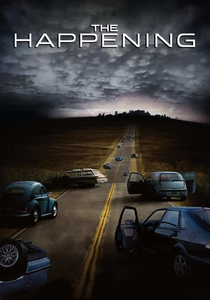
The Happening (2008)
Description: M. Night Shyamalan's thriller where plants release a neurotoxin that causes humans to commit suicide. While controversial, it's an intriguing take on how plants might retaliate against human encroachment.
Fact: The film was shot in Philadelphia and other locations in Pennsylvania, using real plants to create an authentic atmosphere.
 Watch Now
Watch Now

The Ruins (2008)
Description: This film follows tourists who stumble upon a Mayan temple covered in deadly, sentient vines. It's a gripping tale of survival against nature's most unexpected predator.
Fact: The film was based on a novel by Scott Smith, who also wrote the screenplay. The vines were created using a combination of CGI and practical effects.
 Watch Now
Watch Now
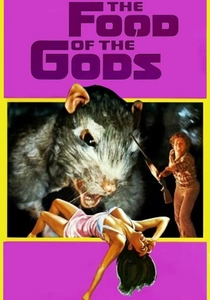
The Food of the Gods (1976)
Description: Based on H.G. Wells' novel, this film features animals and plants growing to gigantic sizes after consuming a mysterious substance. It's a campy yet entertaining entry in the genre.
Fact: The film was produced by Samuel Z. Arkoff, known for his B-movies. The giant rats were created using animatronics.
 30 Days Free
30 Days Free
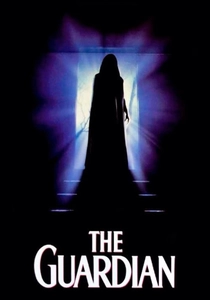
The Guardian (1990)
Description: This horror film involves a nanny who is actually a tree spirit that feeds on human flesh to sustain her tree. It's a unique twist on the concept of plant-based horror.
Fact: The film was directed by William Friedkin, known for "The Exorcist." The tree effects were created by Stan Winston.
 30 Days Free
30 Days Free

The Woman Eater (1958)
Description: A low-budget British horror film where a scientist uses a plant to extract the life essence from women. It's a bizarre and somewhat forgotten gem in the genre.
Fact: The film was one of the first to feature a plant that feeds on human flesh.
 30 Days Free
30 Days Free

The Plant (1995)
Description: A lesser-known film about a plant that grows in a small town, leading to mysterious and deadly events. It's a slow-burn horror with a focus on the plant's insidious influence.
Fact: The film was shot in Canada, using real locations to enhance the eerie atmosphere.
 30 Days Free
30 Days Free

The Venus Flytrap (1970)
Description: This film features a scientist who creates a giant Venus flytrap that becomes a menace. It's a classic example of '50s-style sci-fi horror with a '70s twist.
Fact: The film was one of the last to use stop-motion animation for the plant's movements before CGI became prevalent.
 30 Days Free
30 Days Free

